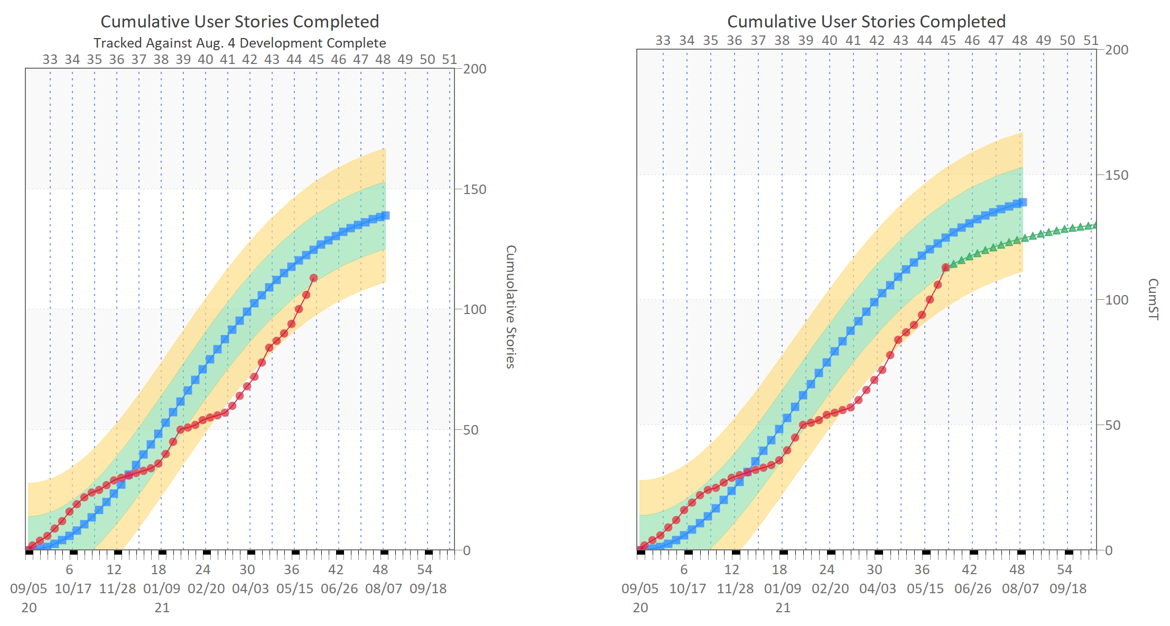Upcoming Webinar: Making Better IT Cost & Scope Decisions with Top-Down Estimation
Register now to reserve your spot for this webinar presented by Keith Ciocco on Sept. 15th at 1 PM EDT.
This year thousands of software, cloud migration, and IT development managers will spend long hours developing very detailed, bottom-up plans. Unfortunately, many of these plans will be unreliable, because they don't take into account the big picture. Generating top-down estimates, before detailed planning occurs, allow managers to see the overall development and delivery targets for cost and scope. This allows for managing project expectations and even negotiation before work gets underway.
In this session, you will learn:
- How to generate top-down estimates early in the decision-making process
- Best practices for IT estimation
- How to leverage historical data to improve estimation
About the presenter:



